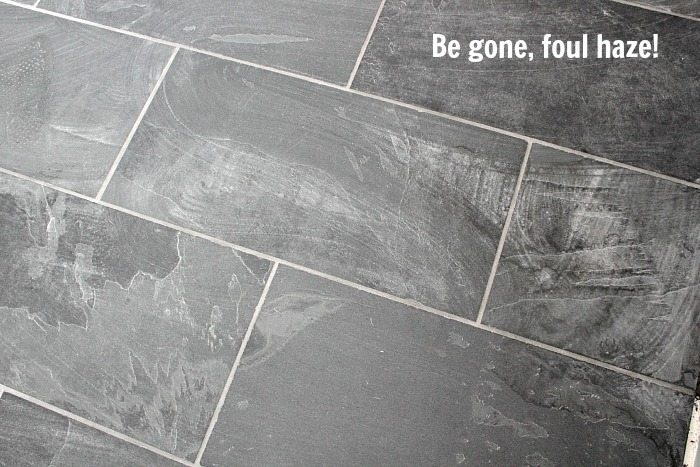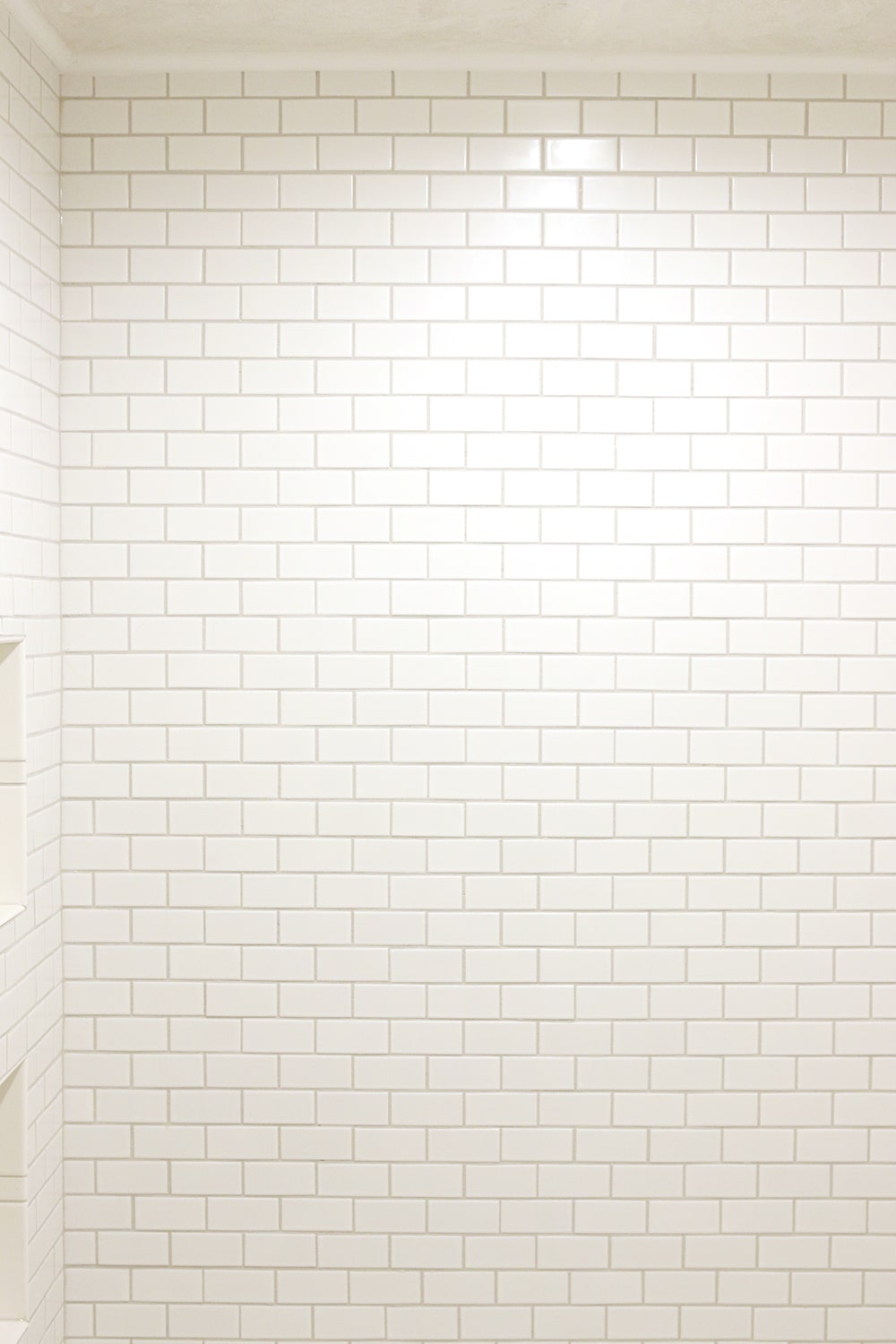In some cases the grout haze is simply caused by the way the grout dried on the surface and it can be brushed away.
How to remove sanded grout haze from tile floor.
Haze created days after using a cement based grout can be more difficult to remove.
Cheesecloth dabbed with commercial removers can get the haze off quickly and easily.
Grout haze comes off slate that s sealed with grout release but it leaves unsealed tile looking dull.
Unsanded grout is typically used to achieve relatively thin grout lines.
When using a cheese cloth for removing grout haze you simply rub the tile surfaces with the dry cheese cloth to remove the grout haze.
If after grouting you re left with a grout residue on your new slate giving it a gray lifeless appearance take heart.
A good grout haze removal technique is to use rubber gloves and a mask while working in small areas across the floor wall counter or backsplash.
Properly grouting a tile floor will ensure that the grout is strong and has an even and uniform color.
The sanded variety is.
Whether you pick sanded or unsanded grout depends on the desired width of the joints between tiles.
Try a sugar solution.
If your tile is porcelain or ceramic try a vinegar solution to remove grout.
Normally a scotch brite pad water and a little rubbing will remove.
If you have yet to remove all the grout haze continue to method 3.
This should be done within 24 hours of noticing the haze or grout stains to be effective although it should still remove.















































